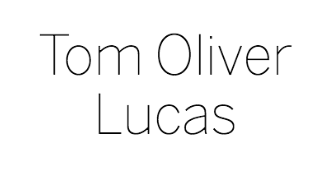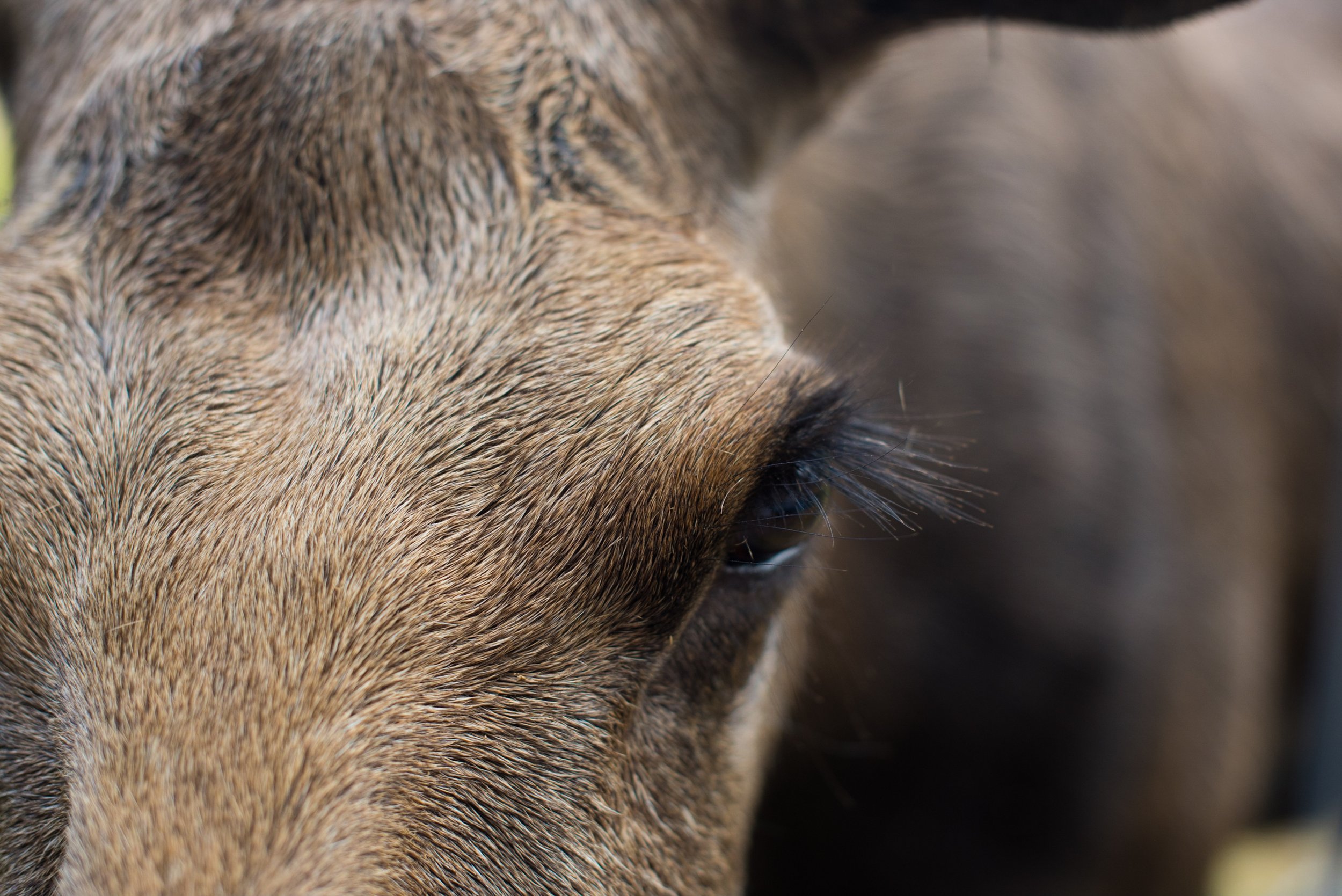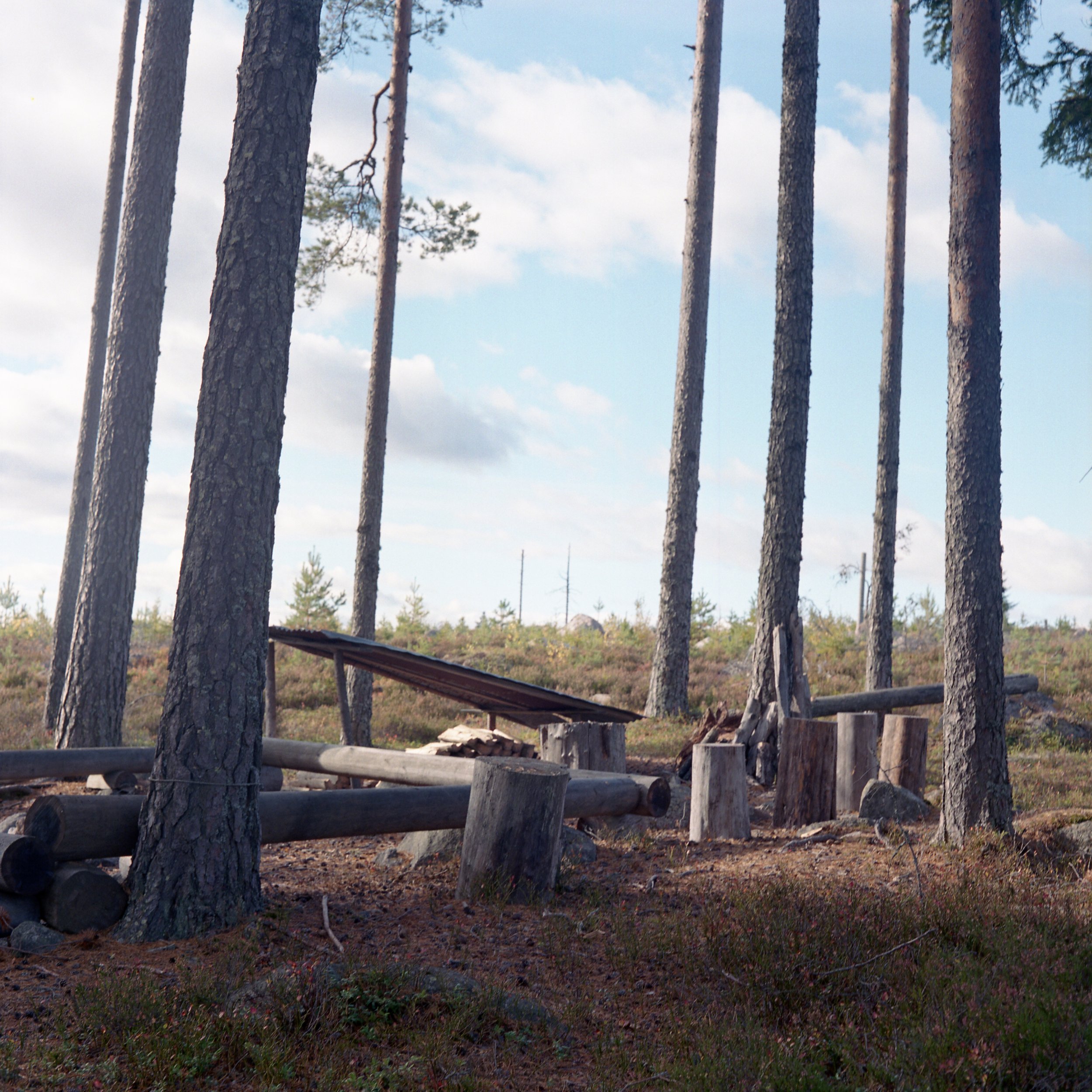North of Oktober is an exploration of the seasonal social ritual of Hunting within the community. The title North of Oktober is used to evoke a sense of time and place in both the Swedish and English Languages.
In 1789 King Gustav III, gave the right to hunt to “common people”, which is a decision still impacting modern Swedish hunting. As a result of this, the game was almost hunted to extinction and, in 1830, the Swedish Association for hunting and wildlife management was founded to stop the extinction of wildlife and form an ethical hunting tradition.
Hunting became part of wildlife management and conservation, and now the Swedish Association is commissioned to lead parts of wildlife management.
It could be argued that the relationship between the individual hunter and the moose they hunt reflects their ethical commitment to the sustainable conservation of the natural environment in which they practice. Many different emotions are layered in this relationship, which surfaces and are shown during the annual communal hunting events - from the seriousness of their practice to the conviviality of their companionship.
Lines of Flight: North of Oktober
What is really poignant about the hunters and their emotions towards moose hunting is the ethical, moral responsibility they hold when it comes to the killing of the moose. If the moose is not killed by a single shot, without unnecessary suffering, the community will spend the rest of that hunting day tracking the moose, to make sure that they end its suffering, before they continue towards hunting their quota. The mood of the entire hunting community is affected by the injuring of a moose, without its immediate death.
There is a quota that is set each year for the number of moose which you are allowed to hunt, followed by a set of details about the type of moose you are allowed to hunt in numbers, whether that be calf, cow or bull (offspring, mother, or father). This is also followed by the number of horns which the animal has, which is said to be a signifier of the animal’s nutrition. The more horns the animal has the stronger, nutritionally, the moose is. The careful planning which goes into the annual hunt indicates a paradoxical respect for the health of the remaining moose population.
In 2017 the quota for the community was 11 moose, with a mix of calf, cow and bull. However this quota was not reached within the week of hunting which the entire community partake in. Only 5 moose were killed, which is extremely low for the yearly hunt at this time of year. There was emotional tension shown by the community members in light of the extremely low number of moose killed this year. The lack of active moose sightings during a season normally associated with peak annual population, raises anxieties for the hunters about the potential changes to their forest environment. This is emphasised by tiredness and fatigue towards the end of an almost fruitless hunt.

































